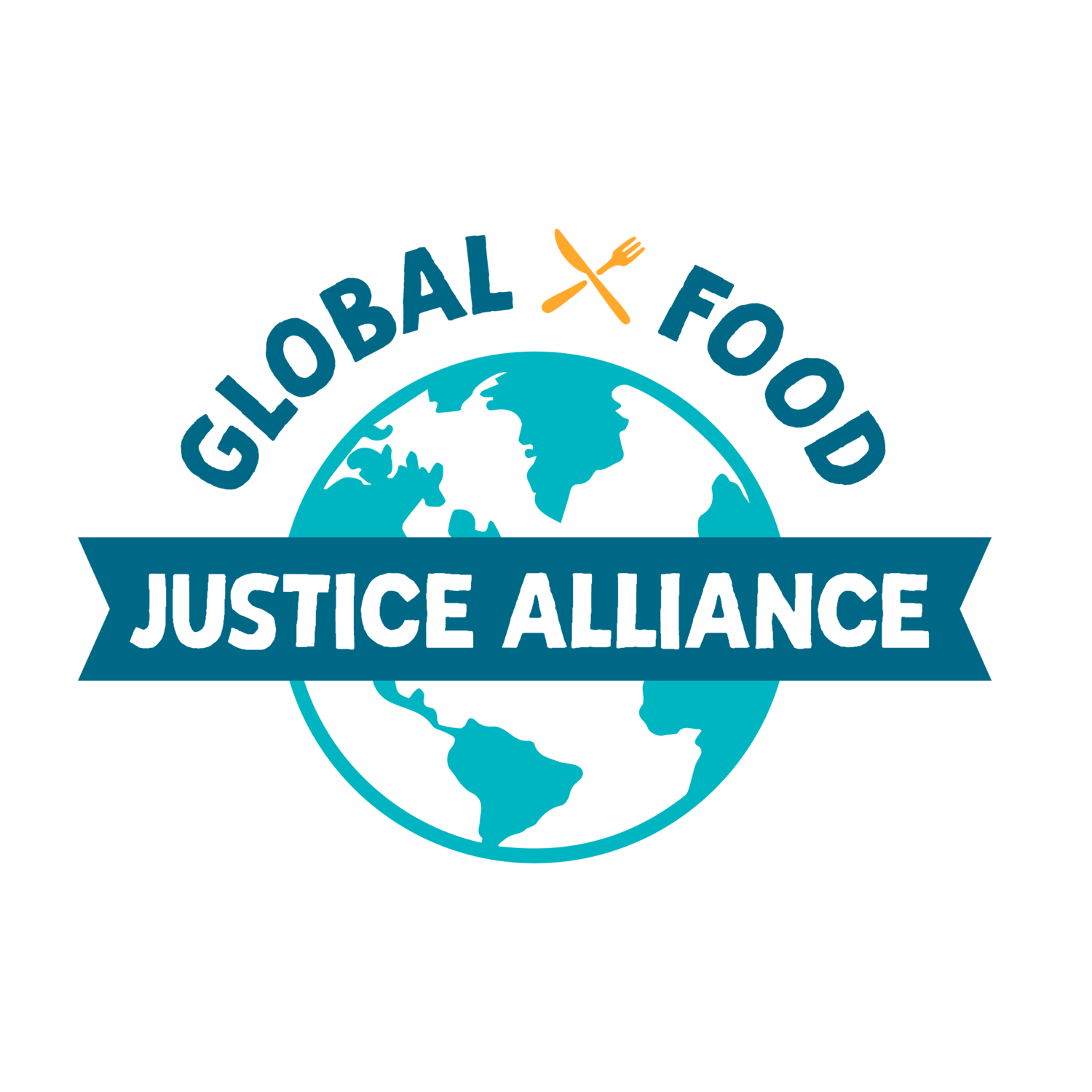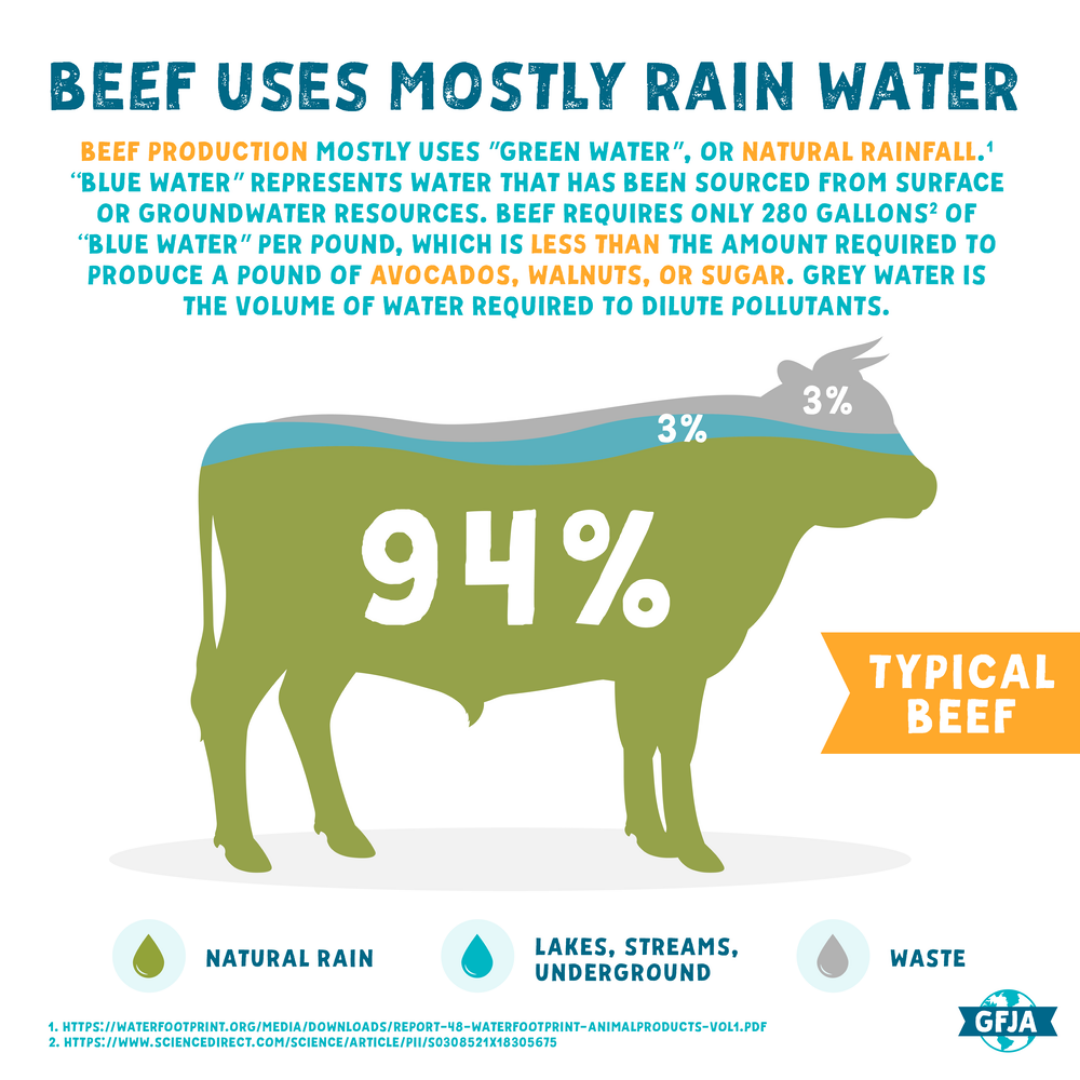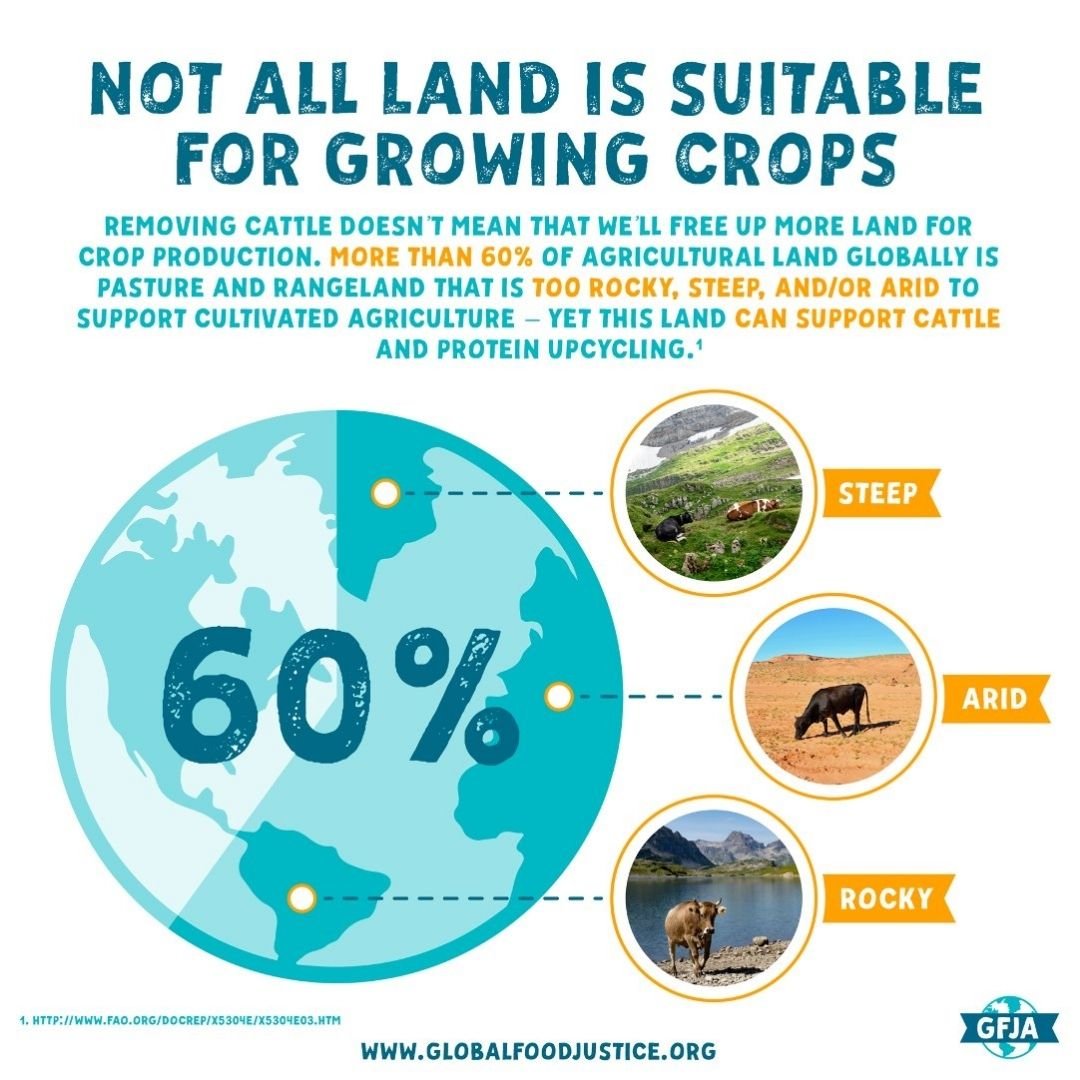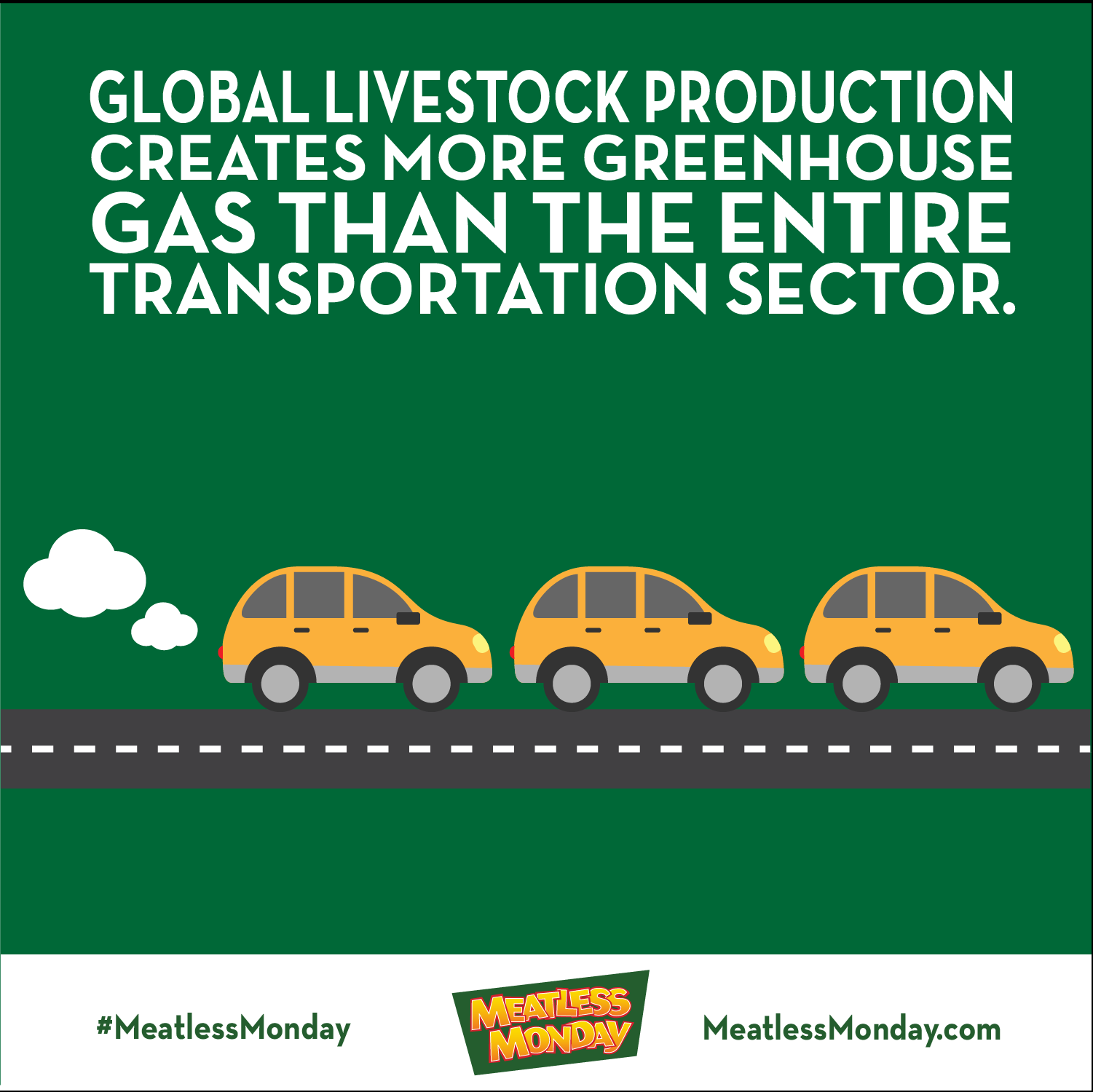Myth Busting Meatless Mondays: why meat is a powerful ally for school nutrition
“The Meatless Monday campaign is most prominent in school systems, meaning children who often get their most nutritious meal at school are being denied access to the foods that they need for proper growth and development”
Have you seen Meatless Monday campaigns online, or at your school, workplace, or even hospital telling you to reduce your meat consumption?
They are best known for their eye-catching graphics comparing cattle’s water consumption to bathtubs or telling you that beans are a better source of protein than meat. But, the truth is, the information displayed in almost all of these graphics are misleading or just completely inaccurate.
The History of Meatless Mondays…
Meatless Monday aims to make people more aware of the food that they put on their plates for a healthier and more sustainable food system. The campaign is practiced in 40 countries around the world and has its roots in WWI when the United States Food Administration, led by Herbert Hoover, urged citizens to reduce their meat consumption to aid the war effort.
"Meatless" and "Wheatless" days were introduced to conserve resources and ensure an adequate food supply for the military. A similar initiative was reintroduced during World War II to support the war effort. People were encouraged to participate in Meatless Mondays and other conservation measures to contribute to the rationing system.
Make no mistake that meat and dairy products have always been incredibly important for human nutrition. However, in today’s food environment of overflowing abundance and obesity, many people falsely assume meat overconsumption is the culprit. In truth, most people could benefit from increasing their protein intake, not decreasing it. Meat and other animal proteins contain more nutrients per serving than beans or other plant proteins, and for less calories, making meat a superfood.
While many people who are overconsuming food stand to reduce overall calorie consumption, at the same time, they are often lacking in key nutrients because the foods we are generally eating too much of are ultra-processed foods which stimulate us to overeat and are low in nutrition. Iron, vitamin B12 and calcium are among the most common nutrient deficiencies in the world, and these are best absorbed from animal-sourced foods. Plus, in many parts of the world where grassland ecosystems thrive, livestock is the best use of regional landscapes. A truly nutritious, sustainable, and equitable food system includes meat and other animal foods.
Unfortunately, the Meatless Mondays marketing materials are inaccurate and misleading our young people into thinking all meat is unsustainable and unhealthy. Their claims about meat being unhealthy are not based on experimental studies, and their graphics showing livestock’s impact on the environment lack critical nuance. The many environmental benefits of livestock production - such as upcycling nutrients, making use of non-arable land, improving soil health, and providing manure for crop systems - are overlooked or dismissed.
Let’s debunk some of the myths shared in these five graphics:
1. Beans vs. Beef for Protein
This one claims that beans are a good source of protein, but should you substitute meat for beans? The Meatless Mondays graphic does not account for the inferior bioavailability of the protein in beans compared to meat. Animal proteins are complete proteins, meaning they contain all of the amino acids humans need for optimal health. Beans are simply not an equivalent swap for meat. Also, to get the same amount of protein that you would get from a 4oz steak, you would need 12 oz of beans and a cup of rice. That is a lot of extra calories, carbs and even food resources!
And while we’re comparing beans and meat, let’s talk about the fact that meat is so much more than just protein. It is essential vitamins and minerals that are impossible or much harder to get from beans!
2. Livestock Water Waste?
Another common Meatless Monday graphic states that producing a ¼ lb burger uses the water supply of 1,700 people. What the graphic fails to display is the type of water used to produce beef. 94% of the water “used” to make typical beef and 97% of the water used to make grass-finished beef is naturally occurring rainfall, i.e., rain that would have fallen whether or not that animal was located on that land.
This study showed it takes only 280 gallons to produce a pound of beef. Some estimates put water usage for grass-finished beef between 50 to 100 gallons per pound to produce. By contrast, a pound of rice requires about 410 gallons to produce. Avocados, walnuts, and sugar boast similar water requirements.
Beef-related water calculations also commonly include water used to produce the grain fed to cattle. Livestock feed often requires irrigation, which is considered blue water. But what many people don’t realize is that typical cattle actually consume a very small percent of grain. Only 4% of the 280 gallons required to produce a pound of typical beef is blue water, however. For grass-finished beef, it drops to 3%.
So, no. Beef is not a water hog. And reducing meat consumption will not lead to more available drinking water.
3. Crops vs. Livestock: Land Use
This graphic states that livestock production uses the majority of the earth’s agricultural land. What the graphic doesn’t mention is that removing livestock from the food system does not automatically free up more land for crop production. That’s because more than 60% of agricultural land globally is pasture and rangeland that is too rocky, steep, and/or arid to support crops.
Luckily, cattle and other ruminant animals can graze on this land that is not suitable for cultivated agriculture and turn land that we can’t use to grow food into nutrient-rich meat. Not to mention that removing livestock from the food system would have detrimental effects on soil health, because they serve vital ecosystem roles, like supporting biodiversity and soil health and providing manure for crop systems.
4. Meat and Heart Disease
This graphic claims that eating meat increases the risk of heart disease. This is an extremely misleading and inaccurate graphic, since there is no strong evidence that red meat causes heart disease. In fact, humans have eaten red meat for thousands of years. The real culprit behind higher rates of chronic disease like heart disease is most likely due to an increased consumption of ultra processed foods, not meat.
A more accurate graphic that was really looking out for your health would encourage you to swap the ultra processed foods like chips and candy with real food, like seasonal fruits and veggies.
5. Transportation vs. Livestock: Greenhouse Gas Emissions
Finally, one of the most common claims against meat are the greenhouse gas emissions. Meatless Mondays must know that it's important to remember that we need to compare like with like when comparing GHG emissions.
The FAO’s study “Livestock’s Long Shadow” incorrectly stated cattle represent 14.5% of global GHG emissions. This is hugely overstated because it represents a full life cycle analysis of beef production, while other emissions, like transportation, are calculated only based on direct tailpipe emissions (excluding the emissions in the creation of the vehicles, which is a large part of the carbon footprint of vehicles) .
The Meatless Mondays graphic also fails to note that when cows are managed properly they can actually help sequester carbon in the soil. As they walk around and graze, cattle urinate and defecate onto the grass. This natural fertilizer feeds microorganisms in the soil thereby increasing biodiversity and creating healthier soils for plants and animals alike. In fact, grasslands and rangelands are more effective carbon sinks than forests.
Finally, when looking at GHG emissions of cattle, it’s critical to understand that the methane emitted from cattle are part of the natural, or “biogenic” carbon cycle, whereas fossil fuels are not. Fossil fuels come from “ancient” carbon that has been locked underground for millions of years, and when it is extracted, it’s adding new carbon to the atmosphere, which lasts thousands of years.
In the case of cattle, they are transforming existing carbon, in the form of grass and other fibrous materials, into methane as part of their digestive process. Methane is belched out by cattle and after about 10 years, is broken back down into water and carbon dioxide molecules. The CO2 and H2O are cycled back to grow more grass and the cycle continues.
The truth is, there is no good evidence that removing animal foods from your diet leads to better health. Animal foods actually contain essential nutrients that are hard to obtain from plant foods. Instead of attacking meat, the lens should shift to the overconsumption of ultra-processed junk food, which stimulates us to overeat and are low in nutrients.
What does this mean for childhood nutrition?
The Meatless Monday campaign is most prominent in school systems, meaning children who often get their most nutritious meal at school are being denied access to the foods that they need for proper growth and development. These kids are also being exposed to false information that meat and livestock are not only unhealthy but also unsustainable, which impacts their dietary choices outside of school. And when you think of a typical kid’s food preferences (low in vegetables and high in low-nutrient, ultra-processed items), the meat on their plate is often the healthiest item.
Let’s make sure that kids have the right information when it comes to making good choices about what they eat.
Do you want to help us support a nutritious, sustainable and equitable food system? I encourage you to share this post and consider becoming a GFJA member today!
















